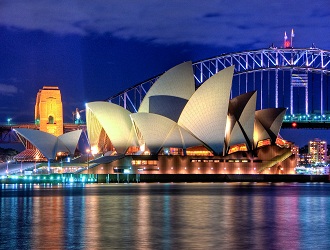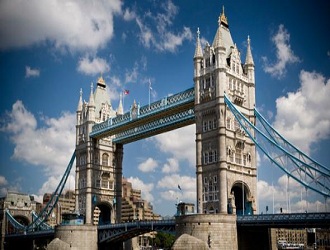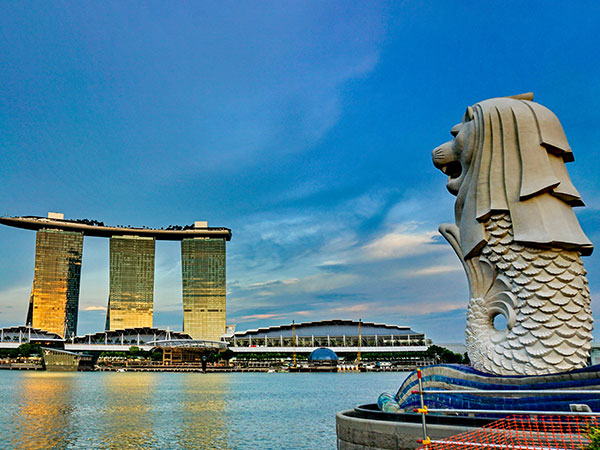



The Philippines is an island country in Southeast Asia, an archipelago (a group of islands) with over 7,000 islands, known for its diverse culture, beaches, and natural beauty. Manila, the capital of the Philippines, is a densely populated bayside city on the island of Luzon, which mixes Spanish colonial architecture with modern skyscrapers. The Philippines is famous for its stunning natural beauty, including its beaches, islands, and diverse landscapes, as well as its rich cultural heritage and vibrant history.
Philippines is a popular study destination, especially for medical education, offering English-based instruction, a US-aligned curriculum, and affordable tuition fees. It’s also known for its strong universities and diverse programs. Philippines is becoming an increasingly popular and welcoming destination for international students, offering affordable education, a vibrant culture, and widespread English usage, making it a great option for those seeking an accessible. It’s not inherently “expensive” for study, but the cost can vary significantly depending on the institution, program, and lifestyle.
|
Attribute |
Details |
|
Capital |
Manila |
|
Language |
Filipino and English |
|
English Speaking Population |
90% |
|
total MBBS colleges |
60 |
|
Time Zone |
Russia has 11 time zones, more than any other country. |
|
Religion |
Christian |
|
Population |
10.49 Crores |
|
Currency |
Philippine peso |
|
Neighboring Countries |
Malaysia, Vietnam, Cambodia, Laos, Palau |
|
Deepest Lake |
Lake Baikal, the world’s deepest lake, is located in Russia. |
|
Russia currency |
Russian Ruble |
|
Longest Coastline |
It has the longest coastline in the world. |
Studying MBBS in the Philippines can be a viable option for Indian students seeking affordable, high-quality medical education with an English-speaking environment and a curriculum based on the US system, potentially paving the way for US postgraduate studies.
|
Criteria |
Details |
|
Academic Background |
Complete 12th standard in science with a minimum of 50% in Physics, Chemistry, and Biology (PCB). |
|
Age |
Be at least 17 years old. |
|
NEET Exam |
While NEET is not a requirement for admission, it’s recommended to have a good score. |
|
IELTS & TOEFL |
Not Required |
|
Tuition Fees |
The total cost of the MBBS program can range from approximately INR 15 to 25 lakhs. |
|
Hostel Fees |
Hostel fees can range from INR 42,000 to 84,000 per year. |
|
Cost of Living |
The cost of living in the Philippines is relatively affordable, with monthly expenses potentially ranging from INR 10,000 to 15,000. |
|
Course Duration |
4.8 years + 1-year Clinical Internship |
|
Medium of Instruction |
English Language |
|
Universities Recognition |
NMC, Faimer, WHO, ECFMG & WFME in USA/UK/Australia/India |
|
Visa Interview |
Apply for a Philippine student visa, Appear for a personal visa interview at the Philippine Embassy. |
|
1 |
Psychiatry |
|
2 |
Nursing |
|
3 |
Pharmacy |
|
4 |
Colorectal surgery |
|
5 |
Health technology |
To pursue MBBS in the Philippines, students must meet the following criteria:
|
Criteria |
Details |
| Education |
Candidates must have completed their higher secondary education (10+2 or equivalent). |
| Subject |
They must have studied Physics, Chemistry, and Biology (PCB) as core subjects. |
|
General Category |
A minimum of 50% aggregate in PCB is required. |
| Reserved Categories (SC/ST/OBC) |
A minimum of 40% aggregate in PCB is required. |
|
Minimum Age |
Applicants must be at least 17 years old by December 31st of the year of admission. |
|
So.No. |
Total Fees (Rs.) |
|
|
1 |
UV Gullas College of Medicine |
|
|
2 |
Davao Medical School Foundation |
|
|
3 |
University of Santo Tomas |
|
|
4 |
Emilio Aguinaldo College – School of Medicine |
|
|
5 |
University of Perpetual Help System DALTA |
|
|
6 |
Our Lady of Fatima University |
Syllabus for Pre-Medical Course
|
Duration |
Subjects Covered |
|
1st Term |
Calculus & Analytical Geometry, Biochemistry, Plant Morpho-anatomy, Comparative Vertebrate Anatomy, General Psychology, Parasitology |
|
2nd Term |
Plant Physiology, Fundamentals of Genetics, Animal Physiology, Entomology, Freshwater Biology, General Microbiology, Philosophy of Man |
|
3rd Term |
Ecology, Education for sustainable Development, Research Methodology, Systematic Biology, Cell and Molecular Biology, Comparative Religion |
|
4th Term |
Rizal’s Life, Works, and Writings, Economics / Taxation & Agrarian Reform, Human Genetic, Radiation Biology, Histology & Micro-technique, Immunology, Research in Bio. Sc. (Thesis Writing) |
|
Duration |
Subjects Covered |
|
1st Term |
Anatomy, Histology, Biochemistry, Psychiatry, Physiology, Neuroscience, History of Medicine, Preventive and Communicative Medicine, Bioethics |
|
2nd Term |
Pharmacology, General Pathology, Clinical Pathology, Parasitology, Medicine-1, Epidemiology, Microbiology, Pharmacology, Pediatrics-1, Surgery, Neuroscience 2, Psychiatry |
|
3rd Term |
Pediatrics-2, Surgery-2, Medicine-2, Internal Medicine, Legal Medicine, Dermatology, Radiology, Neuroscience-3, Cardiology, Advanced Pathology, Ophthalmology, Obstetrics and Gynecology |
|
4th Term |
Surgery, Medicine, Psychiatry, Ophthalmology, Neurology, Pediatrics, Obstetrics and Gynecology |
NEET (National Eligibility cum Entrance Test) holds significant importance for medical students aiming to pursue MBBS in the Philippines.
NEET serves as a crucial gateway for Indian medical aspirants, ensuring that they meet the required standards for practicing medicine in India post-graduation, regardless of where they pursued their MBBS education.
|
Document |
Details |
|
Class 10 and Class 12 Mark Sheets |
Proof of completion of secondary and higher secondary education. |
|
NEET Scorecard |
Mandatory for Indian students applying for MBBS in the Philippines. |
|
School Transfer Certificate |
Proof of transfer from previous educational institution. |
|
Medical Check-Up Certificate |
Certificate confirming physical fitness for the program. |
|
No Criminal Record Certificate |
Confirmation of a clean criminal record. |
|
Passport Copy |
Proof of identity and nationality. |
|
Guardian’s Statement with Fee Structure |
Statement from the guardian including the fee structure for the 1st year of medical education. |
|
Code of Conduct Certificate |
Certificate affirming adherence to the institution’s code of conduct. |
|
School Leaving Certificate |
Proof of leaving the previous educational institution. |
|
Passport Size Photos |
Recent passport-size photographs. |
|
University Application Form |
Completed application form for the chosen university. |
Ensuring all these documents are in order will facilitate a smooth application process for MBBS in the Philippines.
CoralEdu provides comprehensive assistance to students aspiring to pursue MBBS in the Philippines. Here’s how CoralEdu helps students in a nutshell:
In essence, CoralEdu aims to make the process of studying MBBS in the Philippines as smooth and hassle-free as possible for students, ensuring they have the necessary support and guidance every step of the way.
can help – fill in your details and we’ll call you back.



